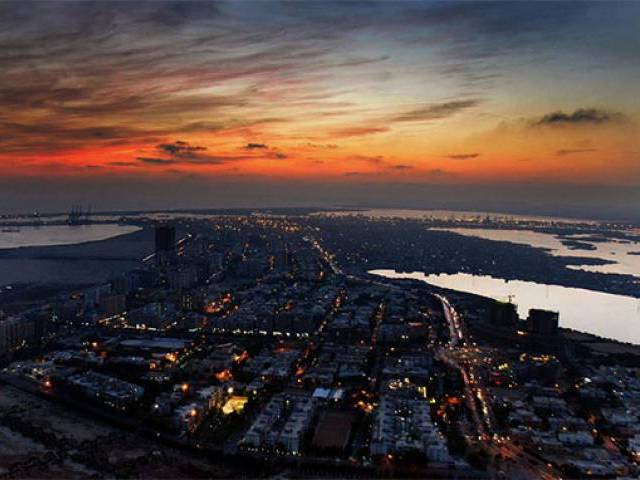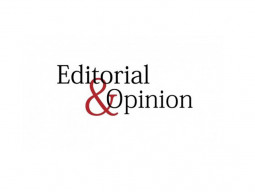
Firstly, the IMF programme is here and it’s not just the promised six billion dollars over the next three years but rather a total of 38 billion dollars in the shape of project loans, budgetary support lending and debt rollover that is likely to keep us afloat. But even more importantly, it is IMF’s stringent conditions that will force some bitter but essential belt-tightening and fiscal discipline, hopefully bringing back macroeconomic stability.
The government has put an end to unhindered public borrowing from the State Bank of Pakistan to meet its huge fiscal deficits. Limitations have been placed on discretionary and abrupt changes in the budget by the bureaucracy. An ambitious revenue target for the next year has led to withdrawal of subsidies worth hundreds of billions of rupees that had failed to boost Pakistani exports.
And now we have a clear trajectory. The government’s mantra of accountability has found roots in the drive for documentation and transparency. The divergence between government and market values of real estate which had long kept the conduits of money laundering open is now being reduced. The rusting revenue machinery, hegemonised by well-entrenched low-ranking officials enjoying their profitable fiefdoms, has been shaken up by the private sector Chairman who has reshuffled thousands of employees overnight. And the so far unimplemented Benami Act is now the new game in town. If successful, such efforts can fundamentally alter the way black money changes hands in this country.
Besides, there have been some significant external and internal developments that can have promising economic consequences. In the last FATF meeting, reportedly one of the major criticisms on Pakistan was absence of registration of terrorism financing cases and consequently no progress on investigations, trials or convictions. Apparently, the government’s crackdown on religious seminaries earlier this year did not suffice. But last week, the Government of Punjab registered more than two dozen cases of money laundering and terrorism financing against the leaders of banned outfits. This development is expected to solidify Pakistan’s case for an exit from the grey list, if not immediately then maybe few months down the road.
Then the recent declaration of Balochistan Liberation Army (BLA) as terrorist organisation by the US signals a favourable tilt in its policy towards Pakistan. This shift, even if motivated by the looming US-Iran war threat or the promise of an Afghan peace deal, can go a long way in easing Pakistan’s economic woes. The US support would also come in handy for Pakistan’s case in FATF or even to amicably manage the IMF programme.
These promising ‘politiconomic’ developments do not mean that our economic crisis is over and in fact we should expect some further devaluation, rising inflation and sluggish growth going forward. But they do mean that the government has somehow managed to get the grip on the wheel and is expected to sail through the stormy waters.
The government must realise that ultimately, it is the economic performance that’s the real driver of legitimacy and credibility. The world is rife with examples of monarchies sustaining on the back of economic wellbeing, but without economic performance, even the best forms of democracy risk abject failure.
If the government manages to get Pakistan out of the FATF grey list, deliver peace in Afghanistan, successfully complete the IMF programme and achieve even half of the promised documentation, it will get accolades from the public. Otherwise the charged domestic political environment will lead to more troubled waters ahead.
Published in The Express Tribune, July 9th, 2019.
Like Opinion & Editorial on Facebook, follow @ETOpEd on Twitter to receive all updates on all our daily pieces.













COMMENTS
Comments are moderated and generally will be posted if they are on-topic and not abusive.
For more information, please see our Comments FAQ